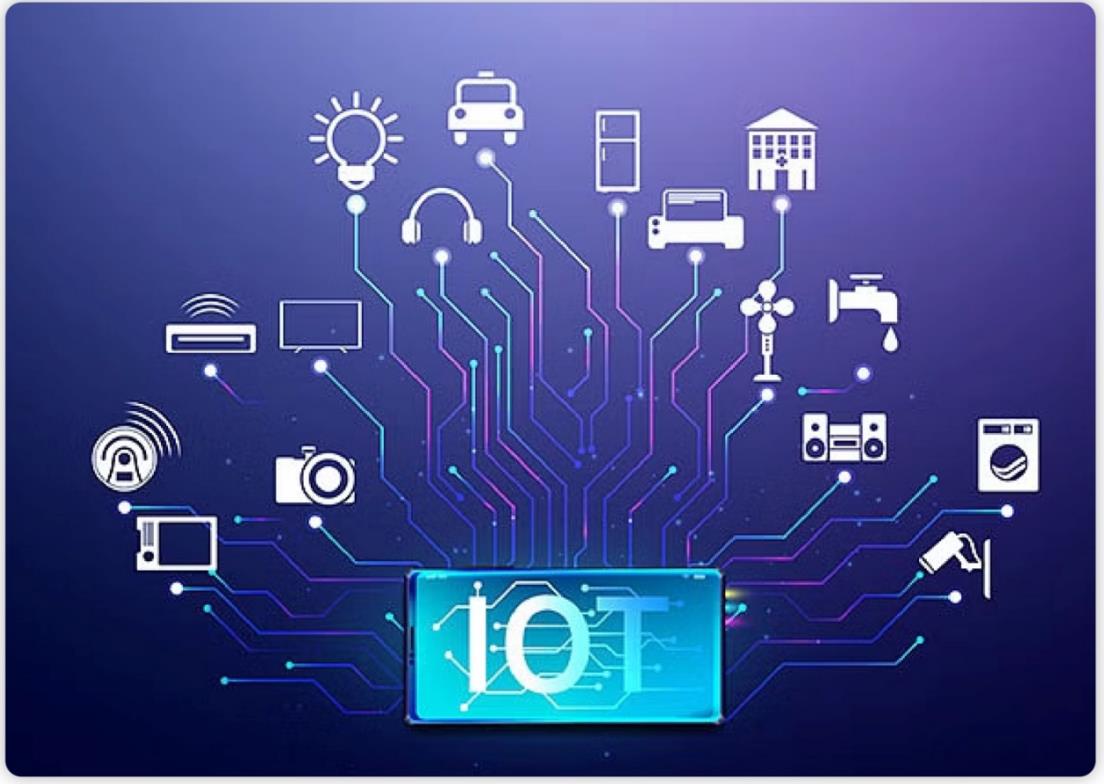Even as we are in the digital era, it is impossible to ignore analog, especially when we are talking about the Internet of Things (IoT). Analog integrated circuits are having a significant impact in the world of IoT. Even while the Internet of Things is more oriented to digital technology, it still heavily relies on the effectiveness of the analog ICs.

The emergence of intelligent devices is a key factor that has expanded the application areas of the Internet of Things. These devices require intelligent transfer and processing of data in a network. This is where the importance of analog integrated circuits comes in. The quality of the analog IC that is used will eventually determine the outcome of the data transfer and as well as data processing actions by the devices. For instance, the insights and analytics that the device will generate from the data will depend on how well the analog IC performs.
Imagine what will happen when you have a faulty analog chip in any of the IoT platforms. One direct impact is the failure of the data to be transmitted from one end to another. The data may not even be transmitted at all. There could be a distortion of the data transfer process and this will end up affecting the whole network system.
Accuracy is a critical element in any IoT application and any distortion in the process will have a major impact. Since IoT is the heart of most digital applications means that the exchange of data should observe the highest levels of accuracy.
Analog application-specific ICs are always considered to be heroes of the digital age. They come with superior performance and high efficiency with regards to their energy consumption. The specialization also has an advantage on the size of the integrated circuits. It has resulted in small-size analog ICs which means that they can perfectly fit into smaller electronic devices such as smartphones and even wearables.
Customization is another advantage of the advantage of using application-specific analog integrated circuits in the IoT applications. The fast rate at which the IoT technology is growing requires high levels of flexibility at which the chips are developed. Through customization, analog integrated circuits can be easily redesigned to meet the new demands in the IoT world.
Unlike the digital integrated circuits, analog integrated circuits are designed to handle continuous signals. This feature elevates their capacity to handle high data rates in a network. Since 5G technology is largely associated with speed, analog integrated circuits are perfectly placed to handle such.
High signal processing capacity is another reason that makes analog ICs ideal for the 5G technology. The chips are capable of handling and processing different data formats that are transmitted through any network.
Sensors are part and parcel of the IoT applications. To put this in a better perspective, think of the smart homes. Electronic devices and appliances have sensors that detect the environmental conditions in the building such as temperature, humidity, and others. Sensors should operate or run continuously and this is where the relevance of the analog integrated circuits comes in.
Analog ICs are at the core of powering and running devices and services that define the Internet of Things.
IoT device customers seems enhancing their forecast and Microhm Electronics Group is also participate on our role in rising the production on analogs and microchips to meet with the need.











